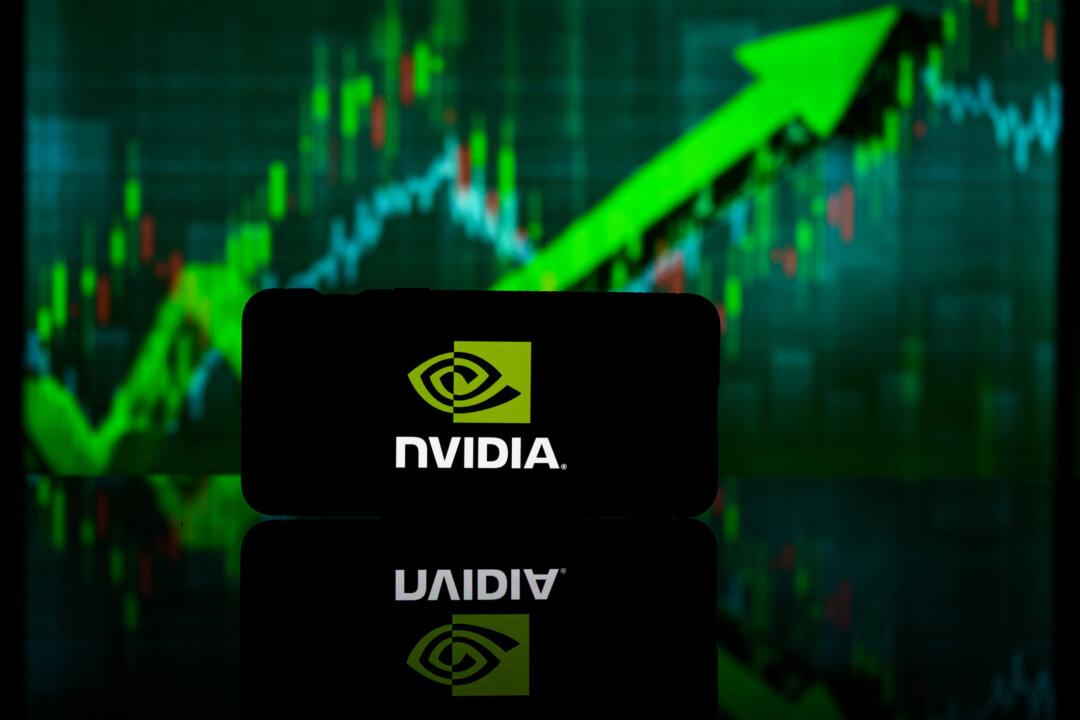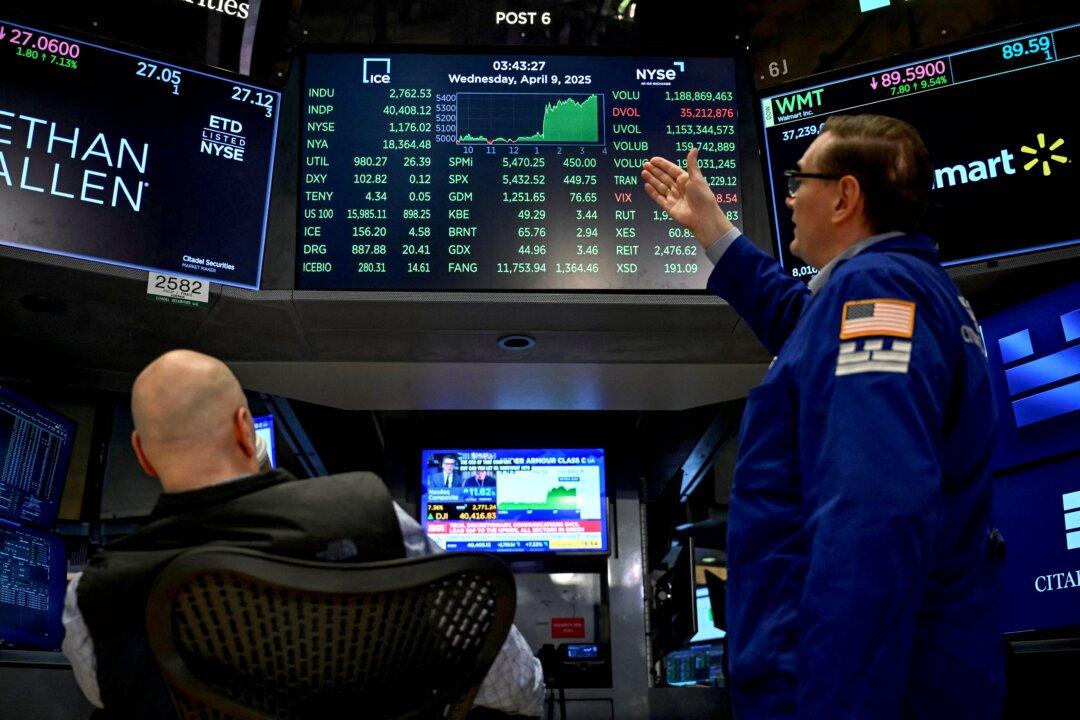Last Wednesday, Nvidia announced that its latest quarterly revenues rose 261% to $26 billion, compared with $7.2 billion in the same quarter a year ago. During the same period, operating earnings rose 461.5% to $6.12 per share. The analyst community was expecting revenue of $24.7 billion and operating earnings of $5.65 per share, so the company posted a 5.3% revenue surprise and an 8.3% earnings surprise.
Nvidia provided revenue guidance of $28 billion for the current quarter, well above analysts’ consensus estimate of $26.8 billion. The company also declared a 10-for-1 stock split. Since Nvidia is one of my largest holdings in managed accounts and the stock soared 12% in the two days after the news, I am a happy camper, even though the general market had a sell-off late Thursday, proving that it’s “every stock for itself.”
Here are the most important market news items and what this news means:
- A possible surprise in the upcoming months is the booming private credit market, which this year, is on track to soar above $2 trillion. Increasingly, the private credit and private equity world have become intertwined, since the private credit industry is now charging big management fees and a share of profits with its managers that build out private credit markets with the private equity industry. The insurance industry is also increasingly investing in private credit. In my opinion, the 11% yield that the private credit industry pays investors is not sustainable, so as the industry grows with more private credit “rain makers,” somewhere along the line bad loans are going to be made and potentially “prick” the private credit bubble.
- The Fed’s favorite inflation indicator, the Personal Consumption Expenditure (PCE) index will be announced this week and the annual rate of the core PCE should be improving in the upcoming months. This is because the pace of core PCE inflation rose 0.3% in May 2023, but will soon be cut off in the 12-month calculation, which will cause the annual rate to decline, since the core PCE rose only 0.2% in June 2023 and 0.1% in July 2023. Unemployment has risen in 21 states in the past 12 months, which means the U.S. economy is not hitting on all cylinders, so the Fed may also have to refocus on its unemployment mandate.
- The Atlanta Fed’s 3.5% forecasted GDP growth for the second quarter remains controversial since consumer confidence and retail sales remain weak. Inventory rebuilding and energy exports are boosting GDP growth, but it is imperative that consumer spending improves, otherwise GDP growth will stall. The problem with the U.S. economy is that the consumers in the top 20% of income (mostly baby boomers) are in good fiscal shape due to the stock market and housing appreciation, while the bottom 20% of income (mostly young people under 30) are struggling. This is also expected to have profound consequences for the upcoming Presidential election.
- The other thing that is weighing on voter’s minds are the proxy wars that America is involved with. The Commerce Department recently announced that a 15.2% increase in new defense orders (largely aid to Ukraine) boosted the April durable goods report and caused it to rise 0.7% when economists were expecting an 0.8% decline. So the good news is that U.S. aid to Ukraine is boosting the defense industry, but the bad news is that it is not helping ordinary Americans who will be voting in November.
- Crude oil markets remain on high alert for more potential disruptions to Russian crude oil output, which has dropped steadily for the past three weeks and is now at the lowest level in the past 10 weeks based on seaborne crude shipments. Ukraine recently destroyed the Russian radar station designed to track incoming nuclear missiles. The U.S. has supplied Ukraine with longer-range missiles that can strike deeper into Russia, so the fighting is no longer just a border skirmish but has escalated to a major proxy war funded by NATO.
- At the end of each quarterly announcement season, we retest how our PortfolioGrader is performing and the main conclusion from our latest backtest is that the Top 5% of our 6,000+ stock universe is the place to be. Also important is that the Top 60% of stocks with the highest fundamental scores (i.e., A, B and C Fundamental grades) are performing much better than the overall stock market as the attached chart illustrates.
This focus on fundamentals bodes well for fundamentally superior growth stocks in the upcoming months. When the Fed finally decides to commence cutting key interest rates, the breadth and power of the overall stock should improve.







